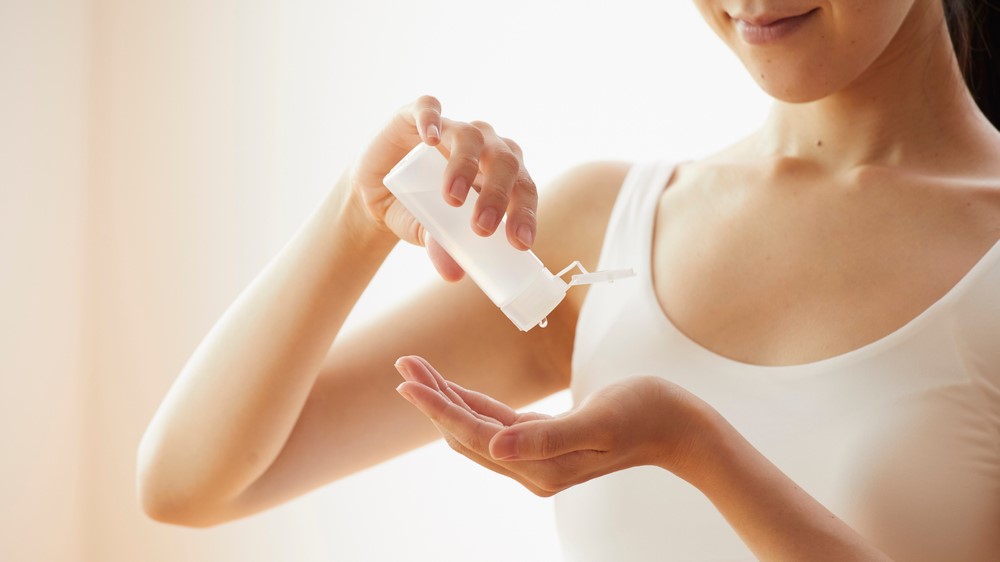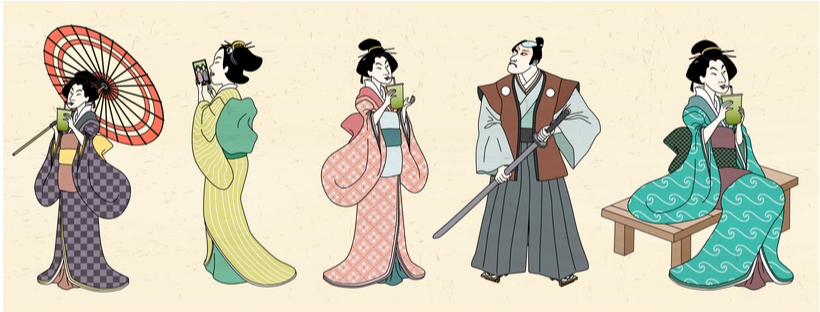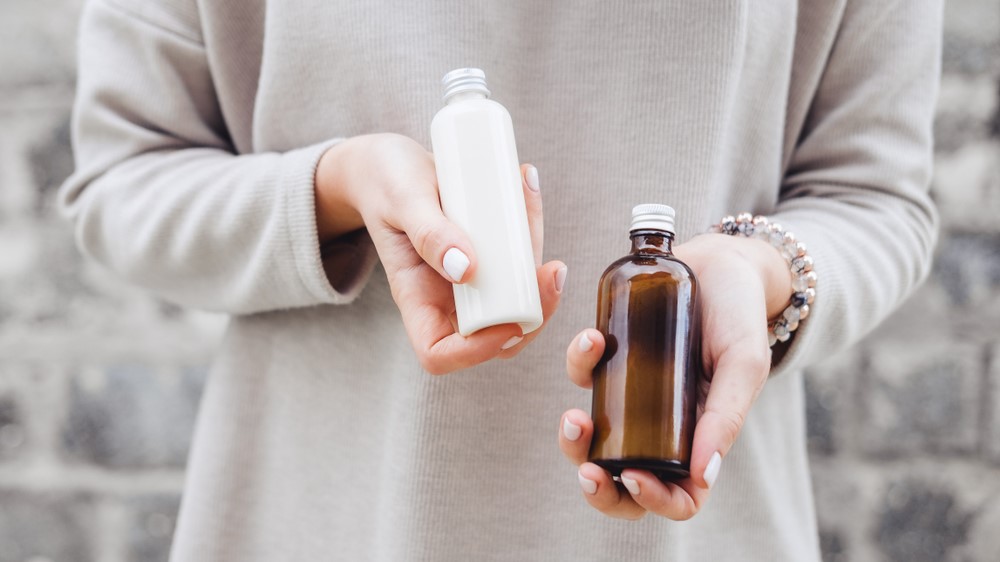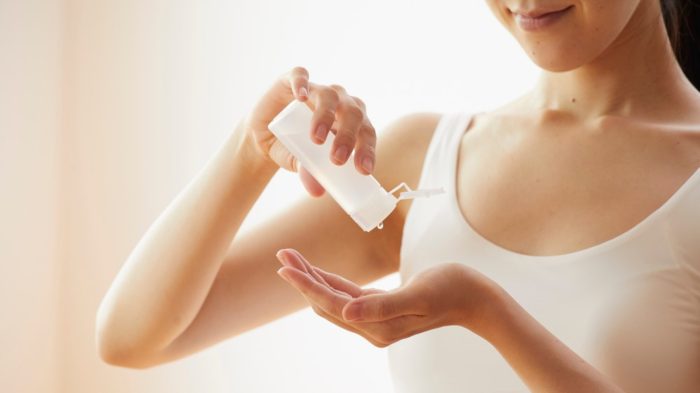What type of skincare product represents the highest percentage of the sales in the Japanese cosmetics market? What is the item which 90% of Japanese women use every day morning and night?
It’s “Face Lotion”. Face Lotion means Toner? Moisturiser? The answer for such a question is in this article. We are sharing about Face Lotion culture which is deeply connected into skincare habit in Japan.

What Is The “Face Lotion” as A Symbolic J-Beauty Item?
“Face Lotion” is called “Keshou-sui” and described in Kanji, which means “water” in Japanese language. It is an equivalent preparation with Toner; however, it has hydrating function as a moisturiser. Currently it is getting attention among Western beauty industries changing its position to ”Essence Toner”, “Toner Serum” or “Treatment Essence”.
We apply it to the skin by using our palms after cleansing, rather than wiping impurities with cotton. Face Lotion regulates moisture balance of skin and creates deeply hydrated and softer condition. It is fairly different from dewy feeling obtained by Oil or Cream. After Face Lotion, we use an essence, a serum and a cream.
Formulation consists of many hydrating ingredients such as Glycerin or Hyaluronic acid in water. Its appearance is generally transparent and texture is similar to water. Having a good absorbed feeling, some users purposely apply it as layers for a couple of times like sandwich. Applying Face Lotion itself is the barometer for measuring skin-moisture balance; therefore it is essential key for skincare rituals in Japanese daily life.

Long History of Face Lotion in Japan
The habit of skin care using Face Lotion seems to have been spread among people in the Edo-period (18th century). Initially, it was oil which had primer function for long-lasting makeup, however it changed to a watery lotion because people in Japan preferred light and mat texture due to the humid environment. For example “Hana-no-Tsuyu (means flower drops)” which is made of steam extraction from Japanese rose, was a popular product in 1624-1643 because it was efficient for fitting face powder to skin and improving spots.
Water is a quite deeply connected with J-Beauty roots. Geographically there are rich water resources obtained by oceans, rivers, forests and volcanic resources. Additionally it consists of soft water. Such natural and environmental facts have brought us our daily customs for bath and rinsing habits. Furthermore water cleanse custom is based on a traditional spirit. When we visit shrine, we have to wash our hands and mouth before praying to “purify” our body. This mind remains in our daily life. We could say that it looks natural progress that Japanese people preferred water-based Face Lotion instead of oil and cream because we have been living with water resources.

Face Lotion Keeps Involving with Texture and Function
In align with long history more than 150 years, Face Lotion has been updating its sensibility and functionality utilised by technology succeeding. Specifically, we can say about the texture. The popular products in 1980s to early 1990s were very light and thin texture. In 2000s, thick and rich texture similar to serum was getting attraction. Currently mixed texture with light, silky and mild feeling is major. Moreover, such a texture enables to be quickly absorbed and make plump skin. Some of the brands have two types of texture from light to thick.
When it comes to function, various types are manufactured and sold such as anti-inflammation, brightening, and anti-wrinkles. Additionally global companies have been trying to reach in this stable market. Estee Lauder launched Face Lotion (not Toner, specialised in hydration) in 2010s to obtain Japanese consumer’s interest. Lancome did as well in 2020. Both products have become hit sales even though the prices are more expensive than 10,000 yen. For Japanese, Face Lotion is definitely not just a water-based formula. It is the emblematic item of J-Beauty culture.
※References: Fuji Keizai “Cosmetics Marketing Survey 2019”, POLA Research Institute of Beauty & Culture / Nov. 2017 “Cosmetics History (website)”, Kazuko Toyama “Rice in Japan ” [Translated from Japanese.], Nobuo Harada “Japanese History Related to Rice Culture” [Translated from Japanese.], istyle “@ cosme The Best Cosmetics Award 2010-2020”

